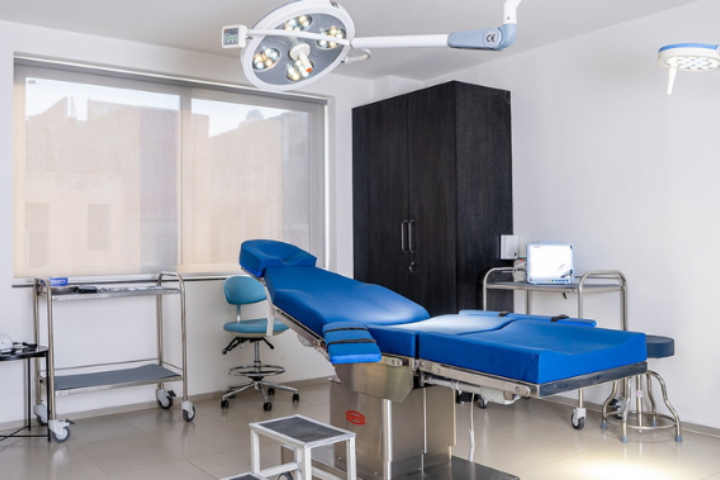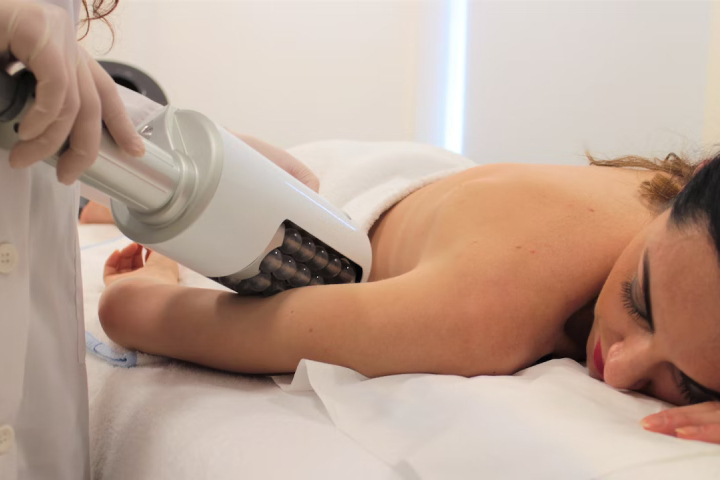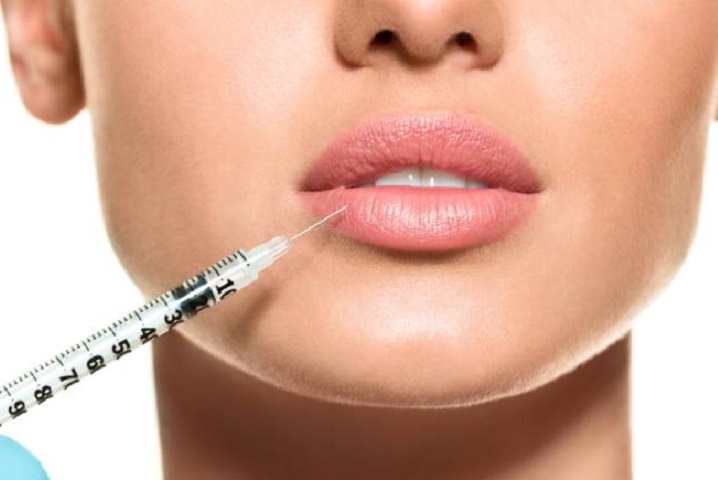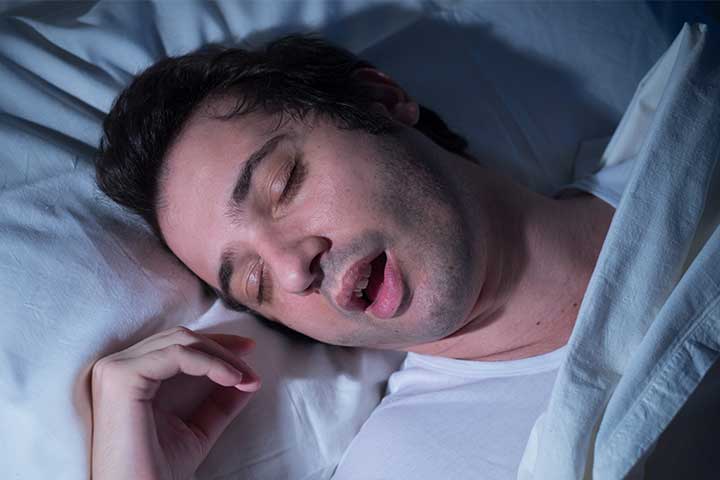
What is obstructive sleep apnea?
Sleep apnea is a potentially serious sleeping disorder in which one’s breathing repeatedly stops and starts. When you stop breathing while asleep or have almost no airflow to keep your blood oxygen levels stable, it is called apnea.
There are many kinds of sleep apnea, and obstructive sleep apnea is the most prevalent of them all. This kind of sleep apnea happens when the muscles in one’s throat periodically relax and constrict the airway. Snoring is an obvious audible symptom of obstructive sleep apnea.
There are many risks that come along with having sleep apnea, the most concerning one by far being that one can stop breathing while one is asleep. Of course, most people are alerted by their brains and are jolted to wakefulness when this happens, but it makes for a bad night’s sleep, especially when this occurs on a regular basis. If left untreated over time, the consequences get more and more severe, with these episodes occurring more frequently.
The average hourly frequency of apnea or hypopnea events, i.e. when a person stops breathing, is known as the apnea/hypopnea index (AHI), which is the critical variable affecting how severe sleep apnea is. An individual with mild sleep apnea has an AHI between 5 and 15. This indicates that individuals experience 5 to 15 apnea episodes every hour, while people with moderate sleep apnea experience between 15 and 29 episodes per hour. People with severe sleep apnea wake up to even 30 or more times an hour. People frequently forget apnea occurrences because they might not be aware they have a problem until the symptoms become apparent.
Many people are at risk for sleep apnea, the more common factors being age and obesity-related. Although it is more common in men, women over 50 are also equally as much at risk as men of the same age. That being said, anyone can get sleep apnea, even young toddlers and infants. People with heart diseases, including congestive heart failure or atrial fibrillation, and those who use opioid painkillers are more at risk, as well as population demographics like those who live in high-altitude environments are more likely to experience obstructive sleep apnea than others.
However, this illness is frequently controllable with careful adherence to the recommended treatments. Initially, at The Face Centre, we conduct polysomnography, which is a test to check the severity of sleep apnea, following which, we start a patient’s treatment on a CPAP ( Continuous Positive Airway Pressure) machine, which is a breathing assistance device. We also suggest the implementation of a combination of lifestyle measures, such as reducing smoking to almost nil, getting more exercise, and reducing the intake of alcohol. Associated nasal allergies are also treated with steroid sprays and antihistamines.
Given the nature of the condition, we also offer counseling to the patient as well as the patient's partner, to ensure optimum, harmonious sleep quality.
